Bioscience
All-in-one test for COVID-19 surveillance
New method can simultaneously diagnose cases, track variants and detect co-infections.
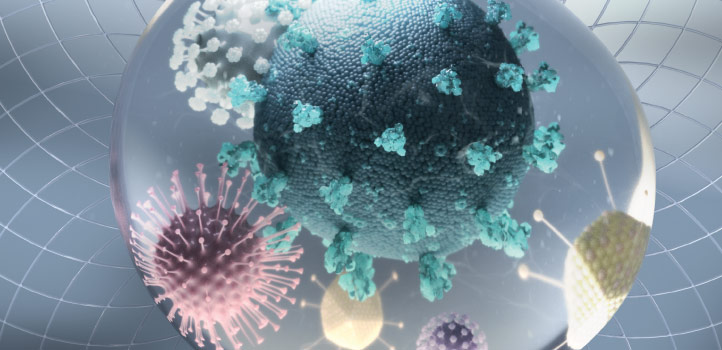
A new type of COVID-19 testing strategy could help streamline the process of identifying cases, tracking variants and detecting co-infecting viruses.
At present, separate assays and complex workflows are involved in each of these three diagnostic procedures, with analyses typically performed in highly specialized facilities. KAUST researchers have now combined all three kinds of tests into a single procedure that should allow for point-of-care tracking of COVID-19 and the many emerging variants of SARS-CoV-2.
“Our all-in-one test provides a promising integrated solution for rapid field-deployable detection and mutational surveillance of pandemic viruses,” says stem cell biologist Mo Li, who led the study.
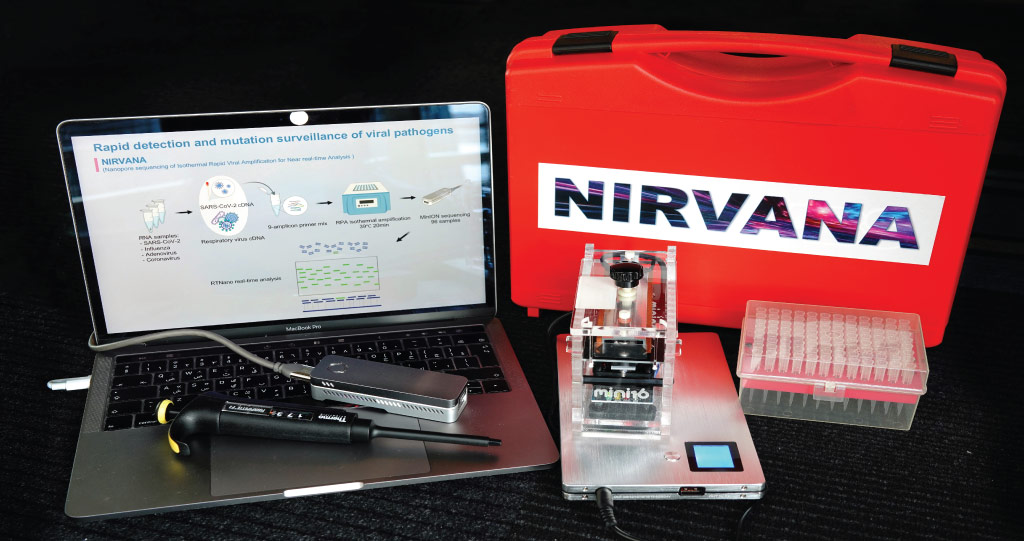
The all-in-one test kit, termed NIRVANA, includes a portable briefcase-sized mini-laboratory that can quickly detect the presence of the virus in up to 96 samples at a time.
© 2021 KAUST
The test involves a portable briefcase-sized mini-laboratory that avoids all the slow and expensive techniques that are standard for COVID-19 screening and monitoring. The new test takes advantage of a recent genetic method (called recombinase polymerase amplification) and a next-generation portable sequencer to quickly detect the presence of viral sequences and provide read-outs — in up to 96 patient samples at a time.
Li’s team, in collaboration with researchers from Saudi Arabia, the United States and Spain, designed the test to decode five segments of the SARS-CoV-2 genome, each chosen to help guide variant tracking. They also incorporated assays for three common respiratory viruses that can cause symptoms similar to COVID-19.
Working with clinical collaborators from hospitals in Mecca, Medina and Jeddah, the team validated the technique — termed NIRVANA — using nose and throat swabs from people suspected of having SARS-CoV-2 infections. They also tested wastewater samples collected from municipal sewage at KAUST to show how the method could allow for population-level surveillance of SARS-CoV-2 and other viruses.
“NIRVANA can rapidly diagnose multiple viral infections in a high-throughput manner,” notes Chongwei Bi, a Ph.D. student in Li’s lab. What’s more, when it comes to SARS-CoV-2 monitoring, “it can simultaneously detect the virus and report its mutations,” he adds.
With support from the Rapid Research Response Team (part of the university’s Smart Health Initiative), Li and his lab group are continuing to refine the NIRVANA platform for large-scale deployment.
One limitation of the test is that it can only detect SARS-CoV-2 mutations in selected genomic regions, and as new variants of concern keep cropping up around the world, those regions might need to be updated to reflect the evolving nature of the virus.
“At the same time,” Li says, “we are seeking to collaborate with hospitals to test NIRVANA in the clinic.”
References
- Bi, C., Ramos-Mandujano, G., Tian, Y., Hala, S., Xu, J., Mfarrej, S., Rodriguez Esteban, C., Nuñez Delicado, E., Alofi, FS., Khogeer, A., Hashem, A.M., Almontashiri, N.A.M., Pain, A. Izpisua Belmonte, J.C. & Li, M. Simultaneous detection and mutation surveillance of SARS-CoV-2 and co-infections of multiple respiratory viruses by rapid field-deployable sequencing. Med 2, 689-700 (2021).| article
You might also like
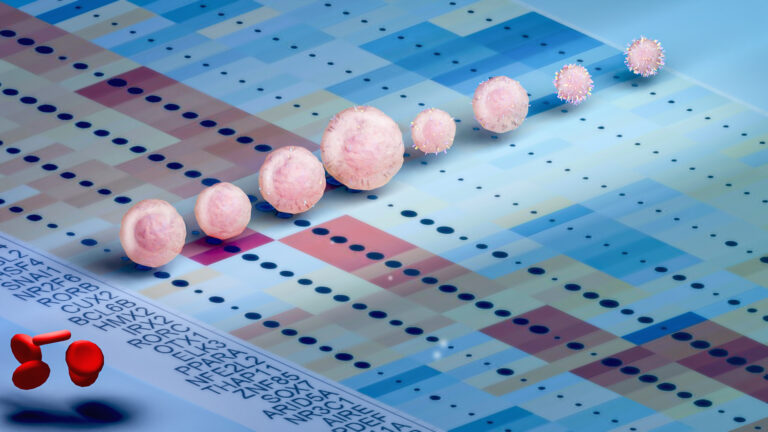
Bioscience
Cell atlas offers clues to how childhood leukemia takes hold
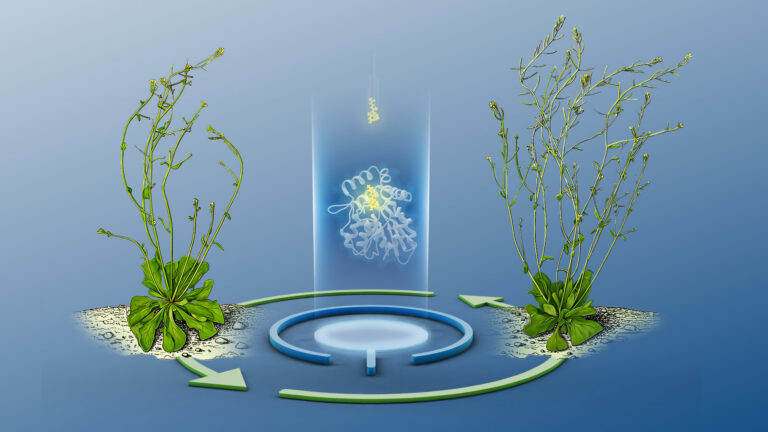
Bioscience
Hidden flexibility in plant communication revealed
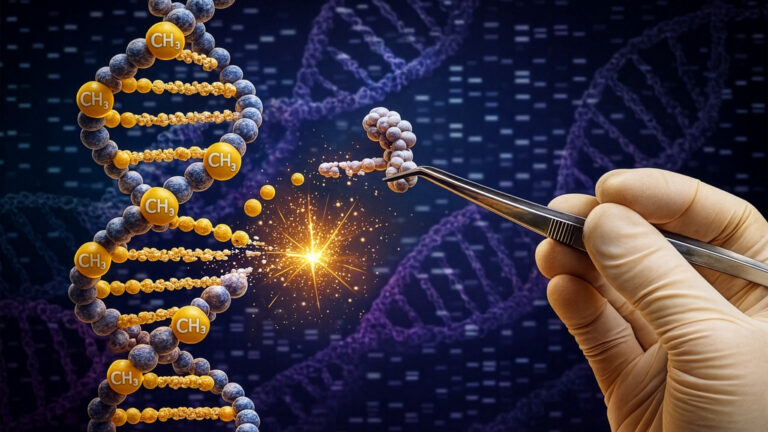
Bioscience
Harnessing the unintended epigenetic side effects of genome editing
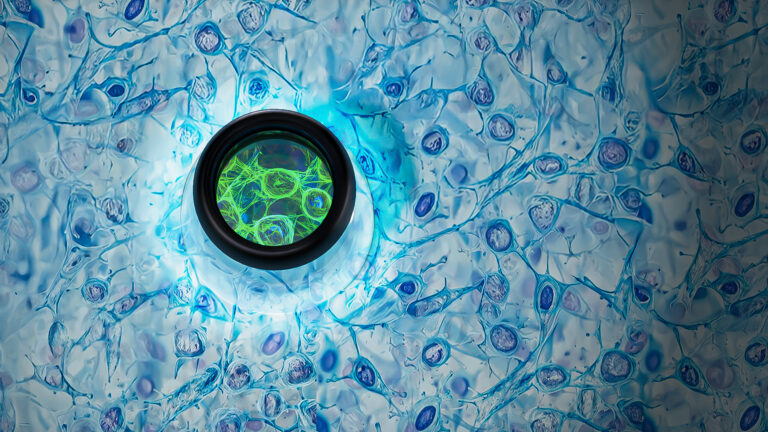
Bioscience
Mica enables simpler, sharper, and deeper single-particle tracking

Bioengineering
Cancer’s hidden sugar code opens diagnostic opportunities

Bioscience
AI speeds up human embryo model research
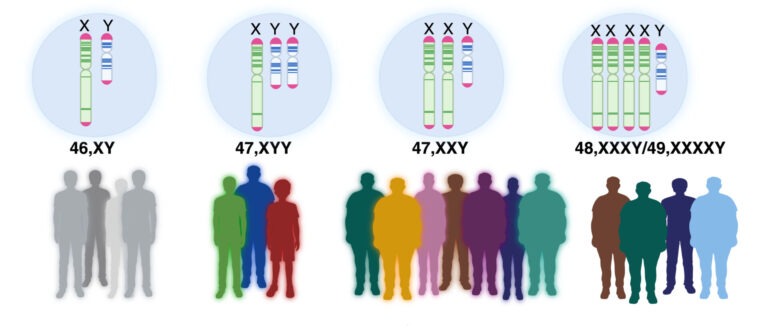
Bioscience
Sex chromosome overload sparks to a common developmental faultline

Bioscience




